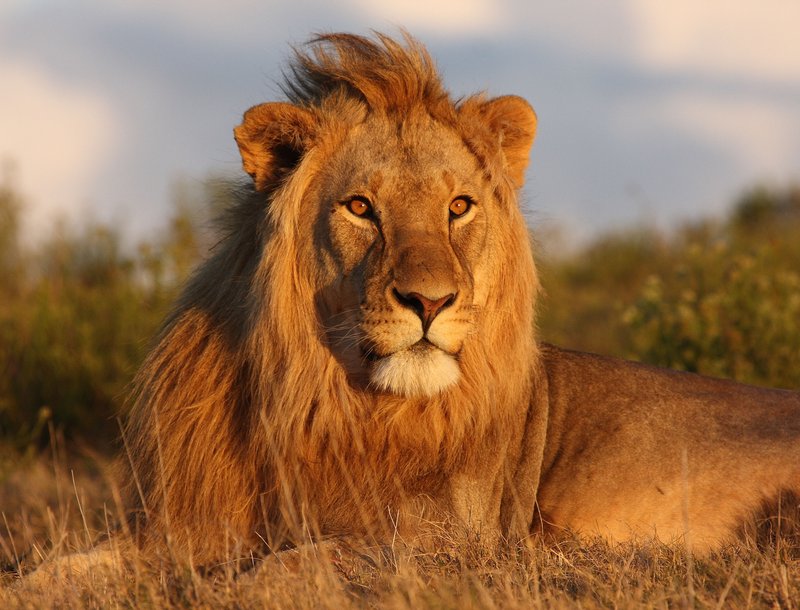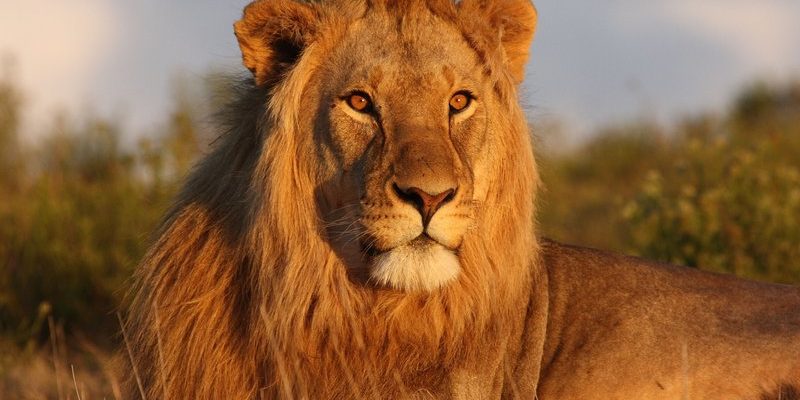
Lions live in groups called prides, which play a significant role in how cubs are raised. The dynamics of a pride influence everything from hunting strategies to social interactions. Understanding how lions care for their young can give you a glimpse into the intricate balance of life in the wild. So, grab a cup of coffee, and let’s dive into the fascinating world of lion families and how these majestic creatures ensure the survival of their offspring.
Understanding Lion Prides
A lion pride is a social unit that typically consists of related females, their cubs, and a few males. The females are usually sisters, mothers, and aunts, which creates a supportive community. This kinship is crucial for raising cubs. It’s like having an extended family around—everyone pitches in to help. When lionesses are busy hunting, the other females in the pride often take turns watching over the young ones.
Pride dynamics can vary, but in general, the females stay together while the males roam. This structure is not just for socializing; it helps in protecting the cubs. With multiple lionesses watching over the young, the chances of survival increase dramatically. You might wonder how this communal care affects the cubs’ development. Each cub learns valuable skills from different adults, giving them a broader range of experiences and knowledge.
In the wild, competition for resources can be intense. When resources are scarce, having a tight-knit group can make all the difference. The pride works together to hunt and share food, ensuring that mothers can feed their cubs without completely exhausting themselves. It’s a sustainable way of life that emphasizes teamwork and cooperation.
The Birth of Lion Cubs
Lionesses typically give birth to two to four cubs every two years. This timing is crucial because it allows the mother to provide enough care for each cub. After a gestation period of about 110 days, the mother goes off to find a secluded spot to give birth—a den, often hidden among tall grasses or rocky outcrops. Here, she can keep her newborns safe from predators.
Cub births are tender moments filled with vulnerability. The lioness licks her cubs clean, stimulating their breathing and helping them adjust to their new environment. You might be surprised to learn that cubs are born blind and weigh only about 3 pounds. It’s as if they enter the world completely dependent on their mother, akin to how human babies rely on their parents.
In the first few weeks, the mother keeps the cubs hidden to protect them from potential threats. After about six weeks, she’ll start bringing them back to the pride, allowing them to socialize with other members. This is a critical phase for the cubs as they begin to learn pack dynamics and what it means to be part of a family. Their interactions with adults and siblings are like playdates that build social skills and confidence.
How Lionesses Care for Their Cubs
Lionesses take their roles as mothers very seriously. For the first few months, they’re incredibly protective, staying close to their young and nursing them frequently. As the cubs grow, their diet expands to include meat, which the mother brings back from hunts. This transition is essential for developing strong cubs that can eventually hunt on their own.
After a few weeks, the cubs will start to explore their surroundings, often getting into mischievous antics. You might see them practicing their pouncing skills or play-fighting with their siblings. This playtime isn’t just for fun; it’s vital for developing strength and coordination. Watching these little ones tumble around can be both amusing and heartwarming, reminding us of how playful young animals can be.
During this time, lionesses also teach their cubs about the dangers of the wild. They’ll convey lessons through body language and vocalizations. For instance, if a lioness senses a threat, such as a nearby predator, she might use a low growl or specific posture to communicate the need for caution. This learning process helps cubs understand their environment better, preparing them for the challenges ahead.
The Role of Male Lions in Raising Cubs
You might think that male lions are mostly about showing off their strength, but they actually play a crucial role in cub development too. While it’s the females who do the bulk of the nurturing, males contribute by protecting the pride’s territory from outsiders. Their presence helps keep danger at bay, which, in turn, supports the overall safety of the cubs.
Interestingly, male lions will often take an active role in teaching cubs. They engage in playful behavior, allowing cubs to wrestle and practice their hunting techniques. This kind of roughhousing is important; it teaches the young ones how to handle themselves against bigger opponents. Just like how kids learn to negotiate their world through play, lion cubs do the same in their wild settings.
However, a harsh reality exists in the lion world. When new males take over a pride, they might kill existing cubs to bring the females back into estrus. This brutal tactic, while harsh, allows the new males to pass on their genes more quickly. It’s a stark reminder of the survival of the fittest and the challenges that come with living in the wild.
Teaching Cubs to Hunt
As cubs grow and approach six months, their mothers start introducing them to the hunting process. Initially, it doesn’t involve actual hunts but rather a series of practice runs. Lionesses will bring back smaller prey or even let the cubs observe them in action. This gradual introduction helps cubs learn the importance of stealth and teamwork, crucial for hunting larger animals.
During hunts, lionesses will often demonstrate techniques, such as stalking and pouncing. You can almost picture a lioness leading her cubs through the tall grass, whispering lessons like a coach guiding a team. These lessons are not just about catching food; they’re about understanding the balance within the ecosystem—what it means to be a predator.
As the cubs get older, they become more active participants in the hunt. It’s common to see them joining in, practicing their skills. Sometimes they might even bring back small prey for the pride. This gradual integration into hunting dynamics prepares them for a future where they’ll need to fend for themselves.
The Importance of Social Learning
Social learning is a significant part of a lion cub’s upbringing. As cubs continue to grow, they learn from observations, not just from their mothers but also from other pride members. Each interaction shapes their understanding of social hierarchies, which is crucial for their future role within the pride.
The pride dynamics teach cubs about cooperation and competition. You might notice them watching older lions interact, learning when to play and when to assert their dominance. Such experiences help them develop a sense of identity, belonging, and social skills that are essential for their survival in the wild.
Unfortunately, not all cubs make it to adulthood. The reality of life in the wild is challenging. Factors like food scarcity, disease, and predation can take a toll. But those that do survive are often better prepared to thrive. They carry forward the lessons learned from their mothers, fathers, and pride members, creating a circle of life where knowledge and skills are passed down through generations.
Raising cubs in the wild is a beautiful yet complex process. From birth to adulthood, lionesses and their prides work tirelessly to ensure the survival of the next generation. With a delicate balance of protection, teaching, and social interaction, lion cubs receive everything they need to navigate the challenges of the wild.
Observing this nurturing behavior reveals much about the nature of family, whether in the animal kingdom or our own lives. The dynamic relationships within a pride create a rich tapestry of learning and support, making it clear that even mighty lions know the importance of community in raising their young. So, the next time you think of lions, remember that beneath their fierce reputation lies a devoted family, fiercely committed to nurturing and protecting their cubs.

